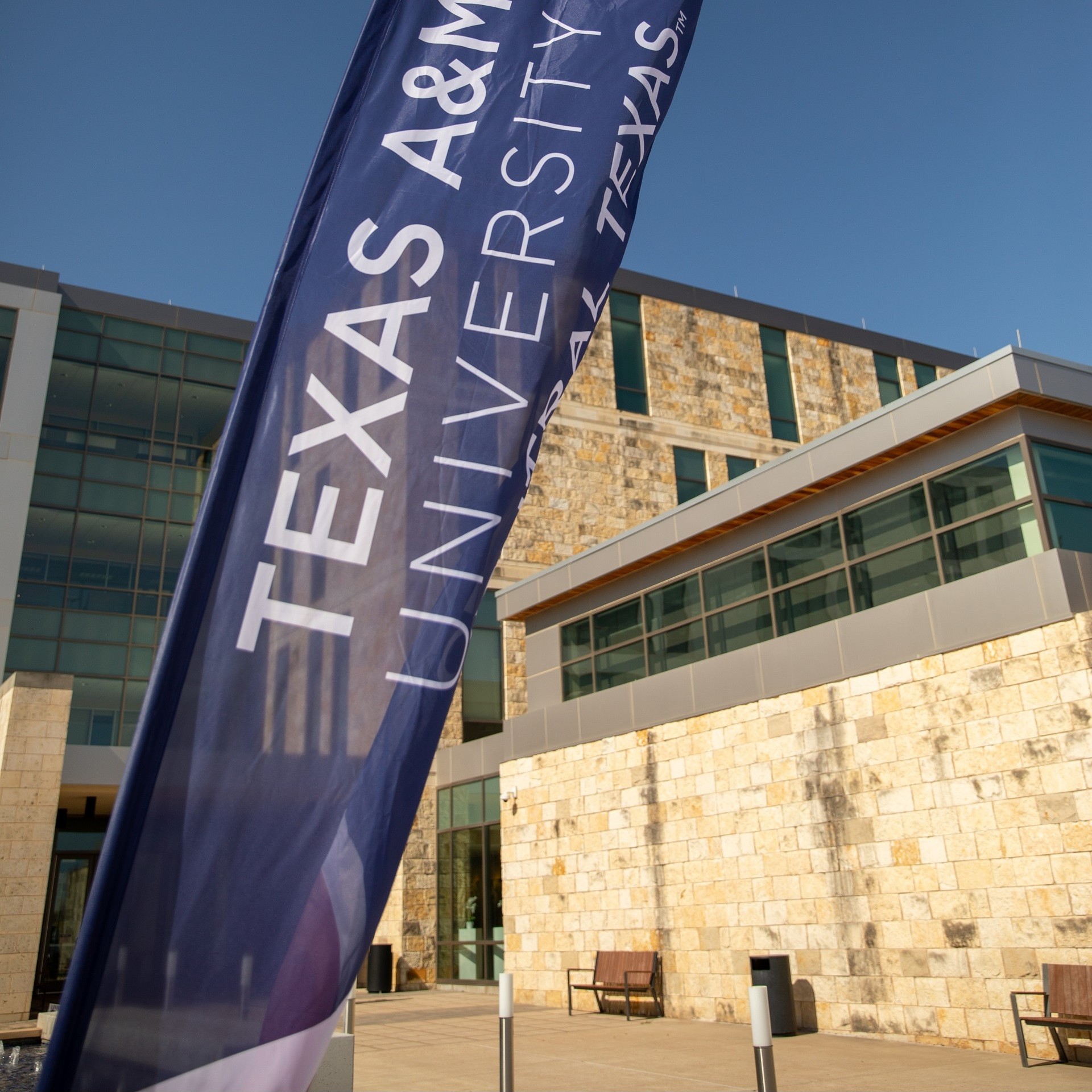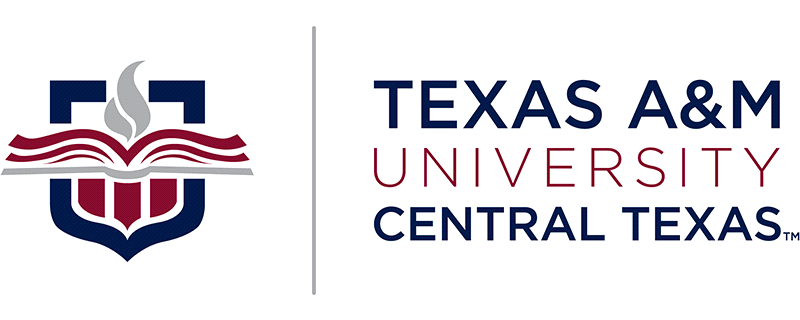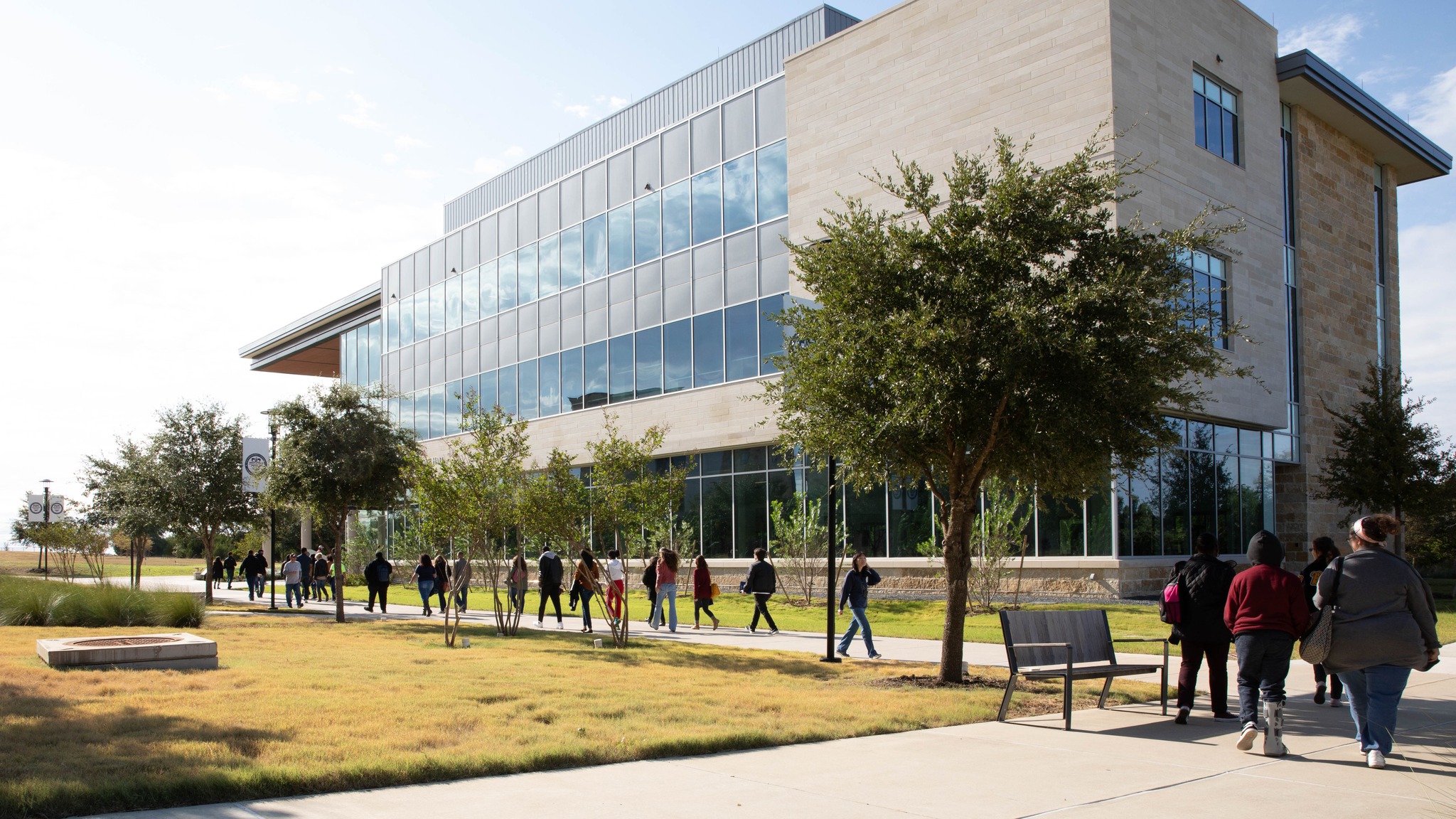Catalyzing opportunities to reach students
While they serve a unique segment of students, the challenges facing A&M–Central Texas are familiar across many institutions. They have experienced multiple semesters of flat enrollment, leaving them to pursue opportunities to turn around the trend. Additionally, they are participating in a statewide completion initiative. The “60x30TX” plan seeks to have 60% of the Texas population ages 25 to 34 obtain a higher education credential by 2030. Last but not least, they identified hundreds of students who had some credit but no degree and had discontinued their studies.



